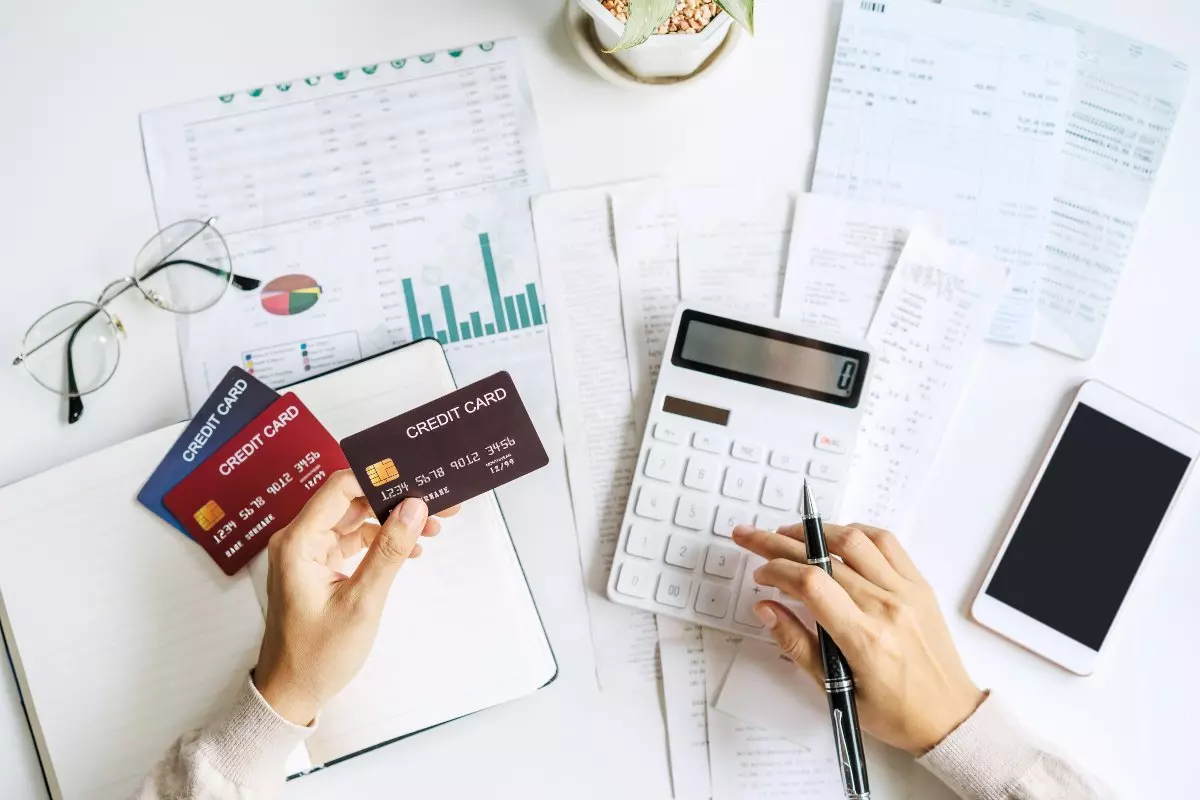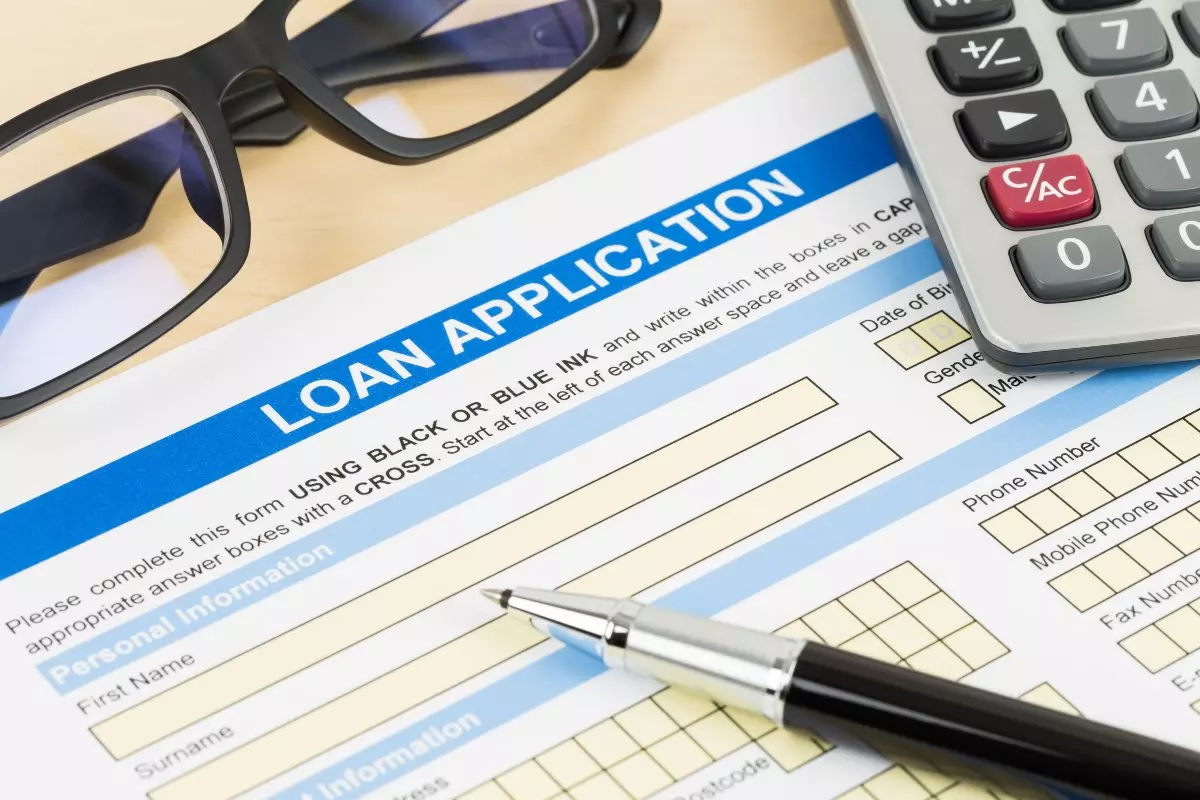How to Pay Off $10,000 in Credit Card Debt: Comprehensive Guide
Did you know that the average American household is saddled with about $10,263 in credit card debt? This number is more than just a statistic. It represents real people grappling with financial pressure in an economy where the total credit card debt rose by $145 billion between the first quarters of 2022 and 2023. Facing such figures, many often wonder, “Is 10k in credit card debt bad?”
Yes, $10k is a substantial amount, but it’s also a hurdle many have successfully overcome with the right strategy and determination. If you’re facing the challenge of how to pay off $10,000 in credit card debt, this guide is tailored for you. Stay with us as we delve into 10 comprehensive steps to help you clear your debt. It will include information about credit card debt forgiveness, providing help and strategies for those in difficult financial situations.
10 Ways to Pay Off $10,000 in Credit Card Debt
Neglecting to pay off your credit card debt can lead to many financial problems, such as lowered credit scores and increased risk of bankruptcy. But this scenario doesn’t have to be a reality. Embarking on a journey of how to pay off $10,000 in credit card debt may seem formidable, but it’s far from impossible. With the right approach and dedication, you can navigate your way out of debt and into financial stability.
From assessing your debts to exploring balance transfers, here are 10 steps to provide you with practical and actionable strategies out of debt:
Assess and Prioritize Your Debt
Tackling $10,000 in credit card debts starts with a clear-eyed assessment and a strategic approach to prioritization. Here’s how to do it:
- Gather Complete Debt Information: List out each debt, noting the total amount owed, interest rates, and due dates. Pay special attention to any promotional rates like 0% introductory interest rates and their expiration dates, as these can shift your payment priorities.
- Rank Your Debts: Consider a targeted approach in prioritizing your debts. One way is to pay off high-interest debts first. However, you can aim for another approach. For example, if a particular debt’s interest rate is about to increase post-promotion, prioritize paying it off.
- Focus on Repayment as a Financial Priority: Make debt repayment a primary focus in your financial planning. This doesn’t mean neglecting other financial obligations but rather targeting debt repayment as a regular and significant commitment.
- Adjust to Changes in Financial Circumstances: Be ready to reassess your debts if your financial situation changes. This flexibility is key to maintaining an effective debt repayment strategy.
Develop and Stick to a Strict Budget
A strict budget is not only about tracking expenses but also a strategic tool for allocating funds toward debt repayment.

Here’s how to approach this:
- Understand Your Income and Expenses: Detail your monthly income and categorize all your expenses. This includes fixed costs like rent and utilities and variable expenses like groceries and entertainment.
- Identify Areas for Cost Reduction: Analyze your spending habits to find areas where you can realistically cut back. Stopping overspending might mean dining out less frequently, opting for public transportation, or cutting back on some subscriptions. For instance, if you’re dining out three times a week at an average cost of $30 per meal, reducing this to once a week could save you around $240 monthly.
- Allocate Funds for Debt Repayment: Aim to contribute a consistent portion of your monthly income toward debt payments. Since your goal is to pay off $10,000, determine the monthly amount you need to set aside to achieve this within a realistic timeframe. For example, if you’re wondering how to pay off $10k in debt in two years, you would need to dedicate roughly $420 each month to this goal.
- Use Budgeting Tools and Apps: Leverage technology to stay on track. Budgeting apps like Mint and YNAB can help you monitor your spending, set bill payment alerts, and visualize your progress.
- Plan for Occasional Emergencies: A strict budget doesn’t mean you shouldn’t be prepared for emergencies. Allocate about 10% to 15% of your budget as a safety net to manage unexpected expenses like medical emergencies or car repairs.
Choose a Suitable Debt Repayment Strategy
Selecting the right strategy for how to pay off $10,000 in credit card debt is the next step. Different methods work better for different financial situations. Here’s a guide to help you choose:
- Snowball Method: This strategy involves paying off your smallest debts first while making minimum payments on the larger ones. Once the smallest debt is paid off, you move to the next smallest, creating a “snowball effect.” This method can be particularly motivating as you quickly see results, which can encourage you to stick with your repayment plan.
- Avalanche Method: Contrary to the snowball method, the avalanche approach prioritizes debts with the highest interest rates. You pay more than the minimum on your highest-interest debt while maintaining minimum payments on others. Over time, this method can save you money on interest charges and expedite the debt repayment process.
- Hybrid Approach: Some people find success in blending these two methods. You might start with the snowball method for the psychological wins and then switch to the avalanche method to tackle high-interest debts.
Explore Balance Transfers and Personal Loans
A balance transfer involves moving your credit card debt to a new card that offers a lower interest rate, often a promotional 0% APR for a set period. This strategy can significantly reduce the amount of interest you pay, making it easier to pay down the principal transfer. When considering a balance transfer, look for cards with the longest low-interest period and be mindful of any transfer fees, which are typically 3% to 5% of the transferred amount.

The other option is a personal loan, which can be used to consolidate multiple credit debts into a single loan with a potentially lower interest rate and a fixed repayment term. When shopping for personal loans, compare rates and terms from various lenders, considering all fees.
In both of these options, the goal is to lower the overall interest you pay and streamline your debt repayment. However, they should be used cautiously and with due diligence to ensure these loans help you reduce your debt, not just delay its repayment.
Increase Your Income and Use Windfalls
Boosting your income can play a key role in how to pay off $10k debt quickly. Every extra dollar you earn and apply to your debt gets you one step closer to being debt-free. Here are some practical ways to increase your cash flow:
- Side Jobs or Freelancing: Consider taking on additional work in your free time. This could be anything from freelance writing, graphic design, tutoring, or ride-sharing services. Freelance platforms like Upwork could be a good way to start.
- Overtime at Work: If possible, opt for extra hours or overtime at your current job. This can boost your regular income without the need to balance multiple jobs.
- Sell Unwanted Items: Look around your home for clothing, appliances, or electronics you no longer need to use. Selling these items on eBay or through garage sales can generate extra cash.
- Use Financial Windfalls: Any unexpected financial gains, such as tax refunds, bonuses, or gifts, can be directed towards your debt repayment. While it might be tempting to spend this money elsewhere, applying it to your debt can significantly shorten your repayment timeline.
Consider Debt Relief or Credit Counseling
Exploring debt relief options or seeking credit counseling can be a strategic step in managing your $10,000 credit card debt. Debt relief programs negotiate with your creditors to potentially reduce the debt amount, lower interest rates, or extend the repayment period. While these can offer relief from credit card debt, make sure you understand the terms and how they align with your financial situation before committing.
Simultaneously, credit counseling can offer personalized guidance. Non-profit credit counselors provide budgeting advice, help develop debt management plans, and provide financial education. They can assess your financial situation, suggest effective debt management strategies, and sometimes negotiate with creditors on your behalf to provide you with help with credit card debt over $10,000. To find reputable credit counselors, consult organizations like the National Foundation for Credit Counseling or the Financial Counseling Association of America.

When considering these two options, make sure they not only provide a pathway out of current debt but also help establish healthier financial habits for the future. Be proactive in seeking solutions that offer both immediate relief and long-term financial stability.
Negotiate With Credit Card Issuers
Reaching out to your credit card issuers can lead to more manageable repayment terms. Before contacting them, understand your current interest rates, outstanding balance, and payment history, as this information will help you negotiate more efficiently. If you’ve been a reliable customer, use your solid track record as a leverage point in negotiations.
Ask for a lower interest rate or a more feasible repayment plan. If they can’t lower your interest rate, ask about alternative options like a payment deferment or reduced fees. Remember, credit card companies are often more willing to negotiate than lose a customer. So, persistence and effective communication can open the door to more favorable terms.
Utilize Investments or Savings
Tapping into your savings to pay off $10,000 in credit card debt can be a wise move, especially if the interest rate on your debt far exceeds any potential earnings from your savings. It can reduce your interest burden and give you peace of mind. However, consider keeping enough in your savings for emergencies, as depleting your savings entirely will leave you vulnerable to unforeseen expenses.
Withdrawing funds from investment accounts is a more complex decision. Investments typically have the potential for higher returns over time, which could surpass the cost of credit card interest. However, if your debt interest rates are exceptionally high, using investment funds might make sense. Be mindful of any tax implications or withdrawal penalties, especially from retirement accounts like a 401(k) or IRA.
Regularly Monitor and Track Your Progress
As we reach the final stretch of our guide on how to pay off $10,000 in credit card debt, we can’t stress enough to regularly monitor and track your progress. Staying on top of your debt repayment progress is more than just a routine check; it’s a way to ensure you’re on the right path.
Regularly review your budget and debt balances. It allows you to celebrate small victories, like paying off a chunk of your debt, which can be incredibly motivating. Adapting your strategy based on your progress is also a smart move. For instance, if you receive a raise at your job, allocate a portion of that increase to your debt repayment. Life changes, and so might your situation.
Finally, visualizing your progress, perhaps through a graph or tracking app, can be uplifting. Watching your debt decrease over time is not just satisfying; it provides a tangible reminder of what you can achieve with dedication and perseverance.
The Bottom Line: Stay Committed and Informed
Remember that paying off debt is a journey. It requires patience, adaptability, and a steady focus on your financial goals. As you continue to tackle it, keep in mind that every step you take is a step towards financial freedom and a more secure financial future.
Table of Contents
- 10 Ways to Pay Off $10,000 in Credit Card Debt
- Assess and Prioritize Your Debt
- Develop and Stick to a Strict Budget
- Choose a Suitable Debt Repayment Strategy
- Explore Balance Transfers and Personal Loans
- Increase Your Income and Use Windfalls
- Consider Debt Relief or Credit Counseling
- Negotiate With Credit Card Issuers
- Utilize Investments or Savings
- Regularly Monitor and Track Your Progress
- The Bottom Line: Stay Committed and Informed